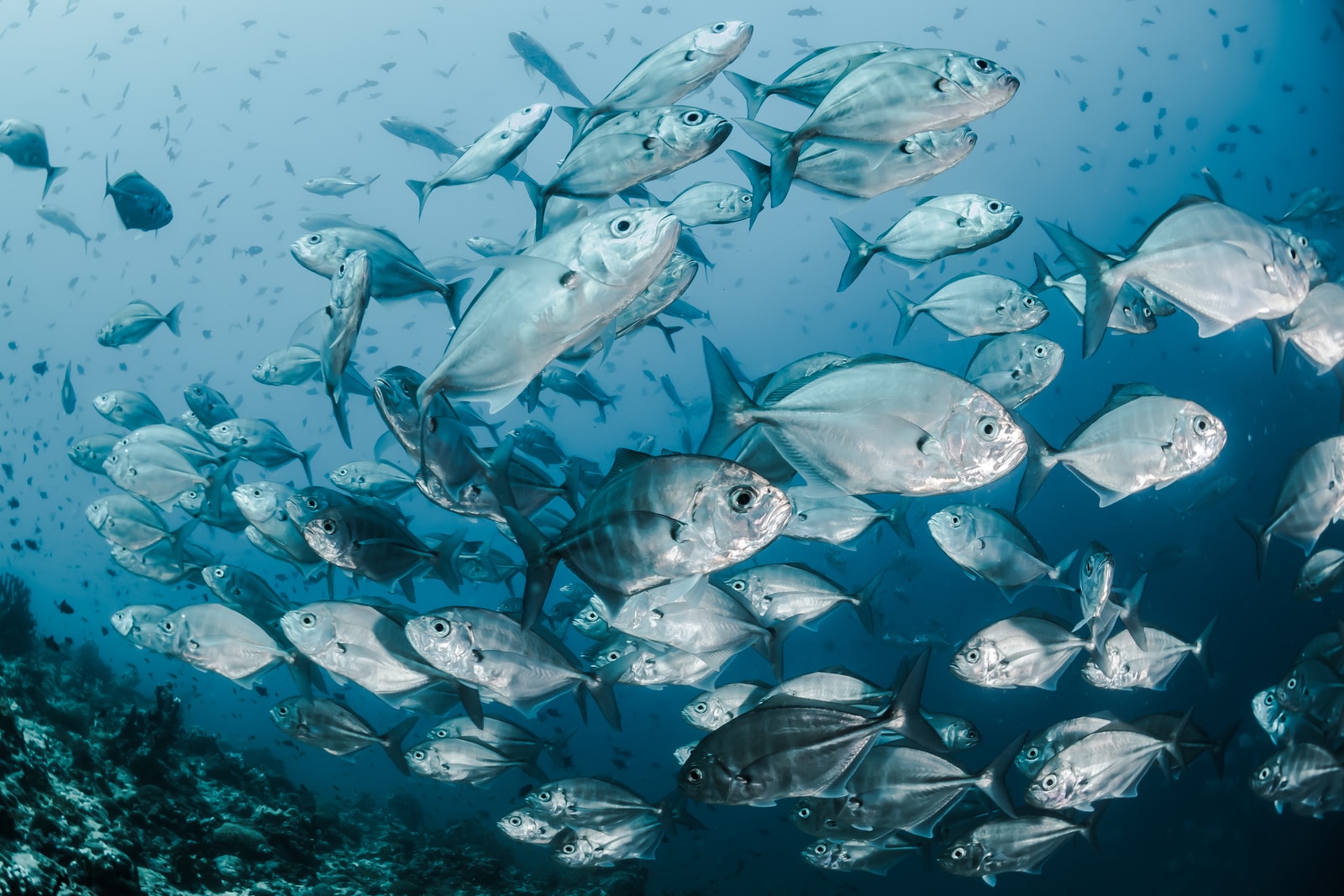Every cloud has a silver lining, but in the case of Australia’s periodic massive bushfires, the black clouds of smoke have a very green lining.
New research shows that Australia’s catastrophic bushfires last summer led to an explosion of life in the Southern Ocean. The event has been likened to turning the Sahara green.
Fire is an integral part of the Australian landscape, but the colossal fire events are hard to see as anything but catastrophic — at least on land. Yet, even after an inferno such as seen in 2020-21, the land bounces back incredibly quickly. Green shoots were appearing within a scant few weeks of the fires. Even in more fragile landscapes like Tasmania’s highlands, the scars of the big fires of 2018-19 — labelled an “ecocide” by environmental activists — are fast disappearing.
But the new research suggests that Australia’s big fires are also a huge boon to ocean life.
It also suggests that what we’ve known all along — that CO2 is plant food — applies as much to the ocean as the land. And that nature may be a far more efficient carbon sink than previously realized.
Research published on Thursday in Nature journal has found that total carbon dioxide emissions from the bushfires was 715 million tonnes, twice as much as previously thought.
Another paper, also published in Nature, says an equivalent amount of CO2 was sucked up by a phytoplankton bloom in the ocean between New Zealand and South America caused by fertilisation of the ocean by smoke from the fires.
The bushfires caused catastrophic damage on land, killing billions of creatures, but Pete Strutton from the Institute for Marine and Antarctic Studies at the University of Tasmania, a contributing author on the second paper, said the phytoplankton bloom had positive impacts at sea.
Part of the bloom would have sunk to the ocean floor, locking the CO2 out of the atmosphere. In addition, as a critical building block in the aquatic food chain, the phytoplankton would have been eaten by other species, storing the carbon and dramatically increasing ocean productivity.
Phytoplankton are the microscopic plants that are a fundamental part of the ocean food chain. Phytoplankton blooms should not be confused with the algal blooms that can suffocate large swathes of the ocean. Instead, phytoplankton blooms are like a gargantuan buffet for all manner of ocean creatures.
Professor Strutton said the team had studied 22 years of satellite data to assess the impact of the 2019-20 fires. “Nothing like the increase in productivity we saw has been observed in that 22 years in that part of the ocean”, he said.
Using satellites and autonomous profiling floats, researchers “observed a greening in the south Pacific sector of the Southern Ocean that exceeded the size of Australia.”
The Australian
Once again, the lie of “settled science” is brutally exposed.
Climate models, which already fail to model clouds and solar input, are also rubbish at modelling the impact of wildfires. The amounts of CO2 released by wildfires, how much is then re-absorbed naturally, and its contribution to ocean life, are poorly understood. These are just one more reason why models should not be taken as crystal balls, gazing into the climate future.
Past warming periods, far from being lifeless deserts, were warm, wet paradises of abundant, thriving life.
We already know that the world’s land area has greened significantly over the past few decades. Now, it appears, a similar process is going on in the oceans.
Remind me: what are we supposed to be terrified of, again?
Please share this article so that others can discover The BFD

